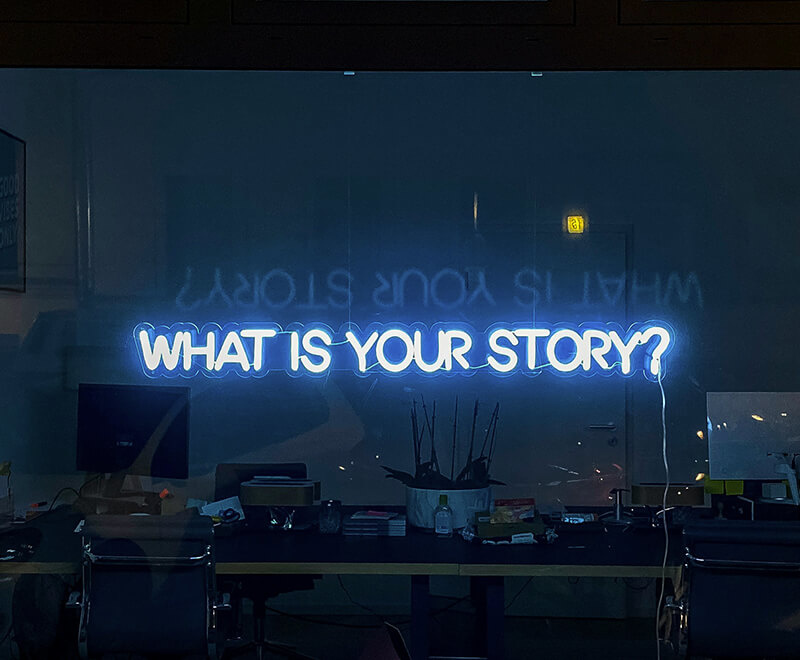Earlier this week, Pagefield attended the London Press Club event ‘Newspapers – it ain’t over yet’ at City University to hear the industry’s viewpoints on whether the printing press is dead, is digital really a threat and why “news is hot right now.”
The panel featured a stellar line-up with Sarah Baxter, Deputy Editor of The Sunday Times, Christian Broughton, Editor, Independent Digital and Professor Jane Singer from City University.
The session was chaired Professor Roy Greenslade, City University and Guardian Media. Here are five things we learnt:
Newsprint is certainly not dead – but some titles are under threat
There was no doubt that panel members believe newspapers are not dead. Quite the contrary. Roy Greenslade argued that if newspapers reach the right people, in the right place, at the right time, they will succeed – the London Evening Standard is proof of that. Sarah Baxter also argued that The Sunday Times model works because of their fundamental principle that quality news is worth paying for.
Professor Singer used a lengthy ‘horse and carriage’ analogy to summarize that the UK media industry will continue to survive, and indeed thrive, in two areas: the elite press (The Times, Financial Times, The Economist were named as examples) and the “downmarket press” (the red-tops). It’s the ‘middle media’ of regional press and middle mainstream titles that Singer predicts will suffer.
Greenslade saw it differently, stating that rich people will always be happy to pay for their ‘elite media’ but the popular press will struggle. He highlighted The Sun’s paywall experiment showed that specific demographics will not pay for popular news which they can access for free elsewhere. Whether you like them or not, he argued, the red-tops provide a crucial information role and their absence would have a negative impact on society.
Digital Readers and their data
Christian Broughton made the case that digital news has the ability to reach “more hearts and minds” than ever before. He also highlighted how the rise of Facebook Instant Articles has greatly contributed to the Independent’s increased profile in the U.S.
Greenslade quoted The Guardian’s Gary Younge from a previous event, saying: “never have so many people read The Guardian, but so few have paid for it.” The Independent has recently hired 30 new digital journalists (the culls to the print editorial team were openly challenged by the audience but the topic was swiftly moved on before a real grilling occurred). Digital growth, it appears, does not seem to be slowing down.
Newspapers are using this to their advantage. Broughton stated that the wealth of user data that digital platforms can record and analyse means the Independent can now tailor stories to what readers want to see and consume. Previously, user feedback could be as limited as glancing over people’s shoulders on the train to see what pages they stopped on the longest during their commute. Therefore, the wealth of digital data is crucial for shaping the reporting agenda, and Broughton casually remarked “we are writing fewer stories that people don’t read.”
Do digital readers, therefore, threaten print news? Not necessarily. A very vocal audience member, who was a director at Newsworks, pointed out to the room that 67% of people still read a print newspaper once a month. Baxter responded by reiterating her earlier point that media outlets have to be innovative, remain nimble and deliver the right news to the readers when they most want it. For the Sunday Times, this means both a strong print and digital offer.
Should newspapers be worried about new brands, like Buzzfeed and Vice?
No, argues Baxter. People trust well-established brands, such as the BBC and The Sunday Times, to deliver high-quality and reliable news. Buzzfeed and other ‘new media’ outlets still require the supporting name of the big players to give their stories the exposure and credibility they need to make an impact. These new media brands are young and developing their audience base but Baxter argued that they need to overcome the question that readers will ask which is ‘why should we trust them as a news source?
Importance of good journalism
Broughton argues that the “power of the press lies in its journalists, not its medium”. It was unanimously agreed by the panel that the media have been rewarded the trust of the British public because of the UK’s high standard of reporting. It is this trust that distinguishes newspapers from disruptive channels, such as smaller media outlets or even Facebook, when it comes to the news. Media brands, print or digital, need to successfully maintain this trust and protect their brand’s reputation in order to survive.
The New Day – will it succeed?
Alison Day was a no-show at the event, despite being on the flyers as a panellist. In her absence, Greenslade repeated to the audience excerpts from his writings on the New Day, stating that Alison, had she been there, would have introduced the New Day to the audience as ‘the paper for readers who haven’t picked up a paper.’ Greenslade argued that “only time will tell” for the success of the newspaper. However, the title was referred to conversationally during the end of the debate as “boring”, so the personal opinion of the chair is possibly leaning towards one side.
However, if the New Day succeeds in building a trusted audience and good journalism, it does arguably have all the chances on offer, as does the UK print media in general.
Looking for a trusted public affairs agency? Our team helps with crisis communications to help manage any situation. Contact us today to learn more about how we can help!


